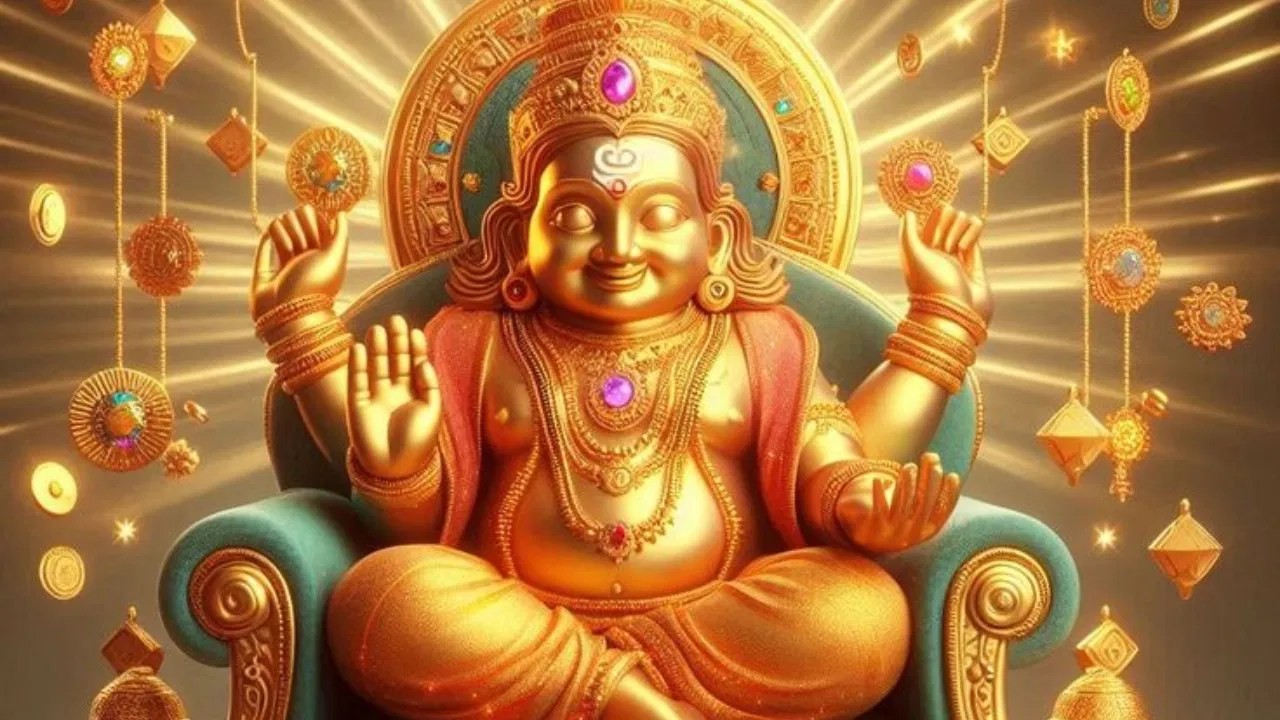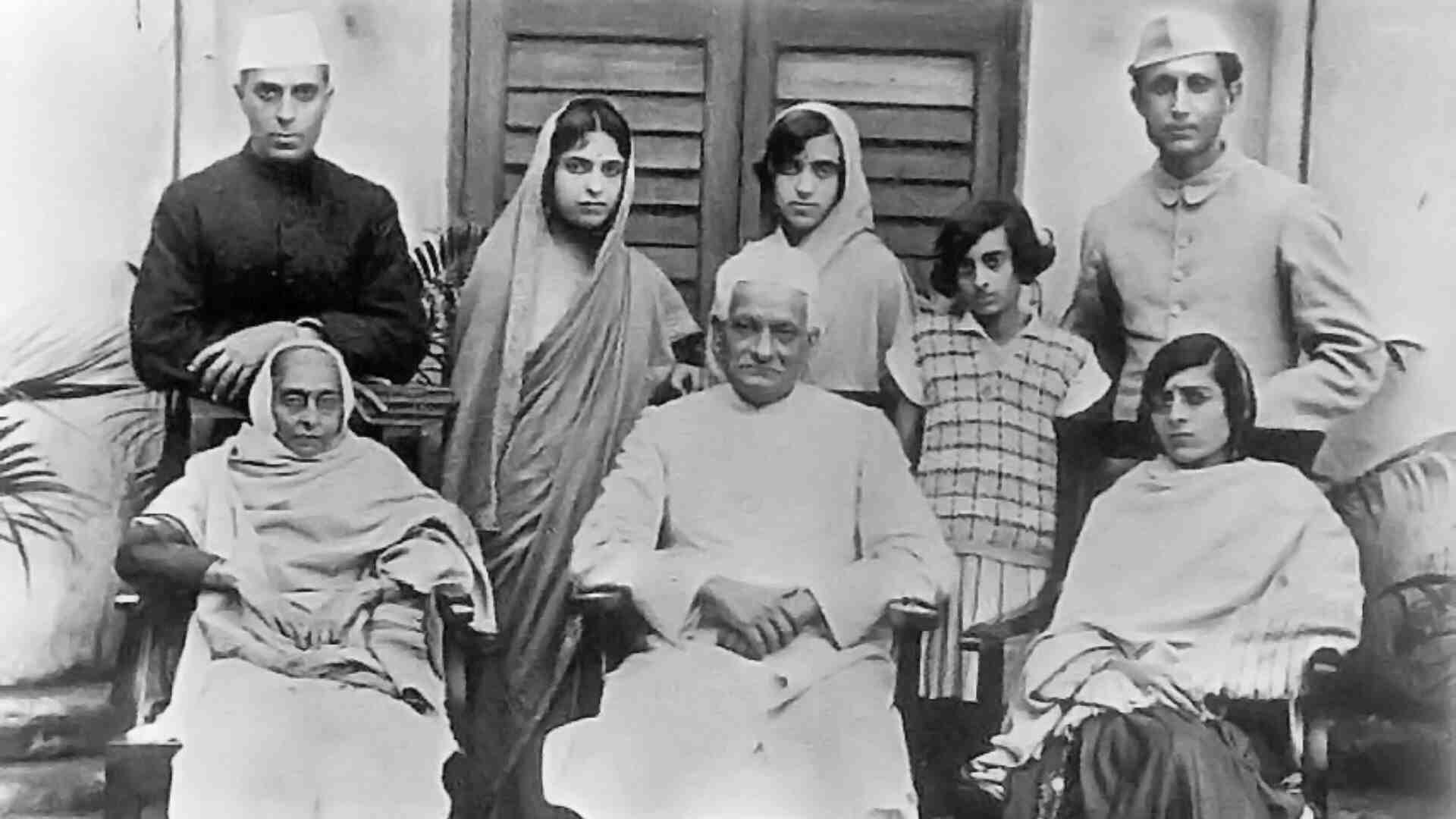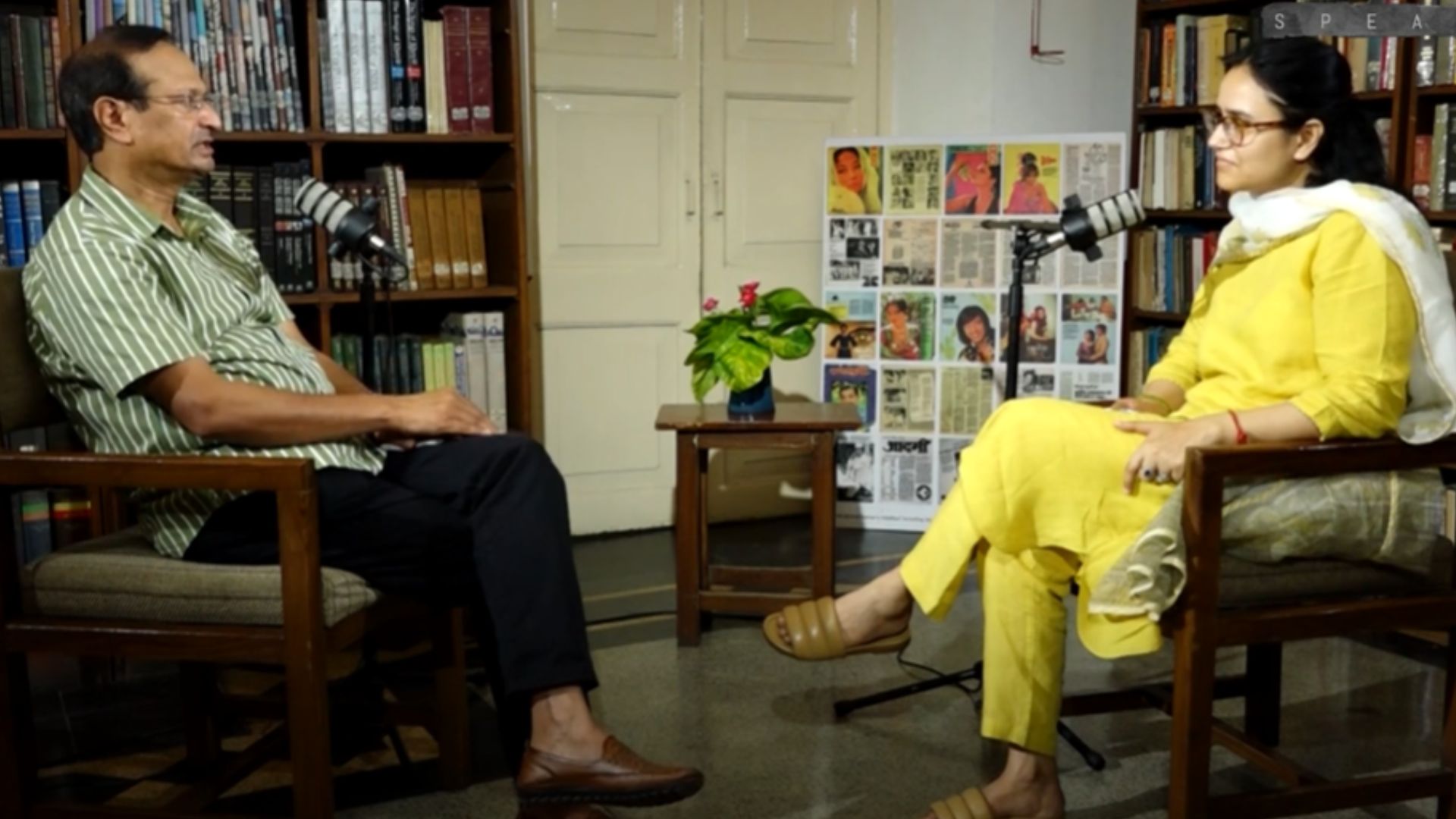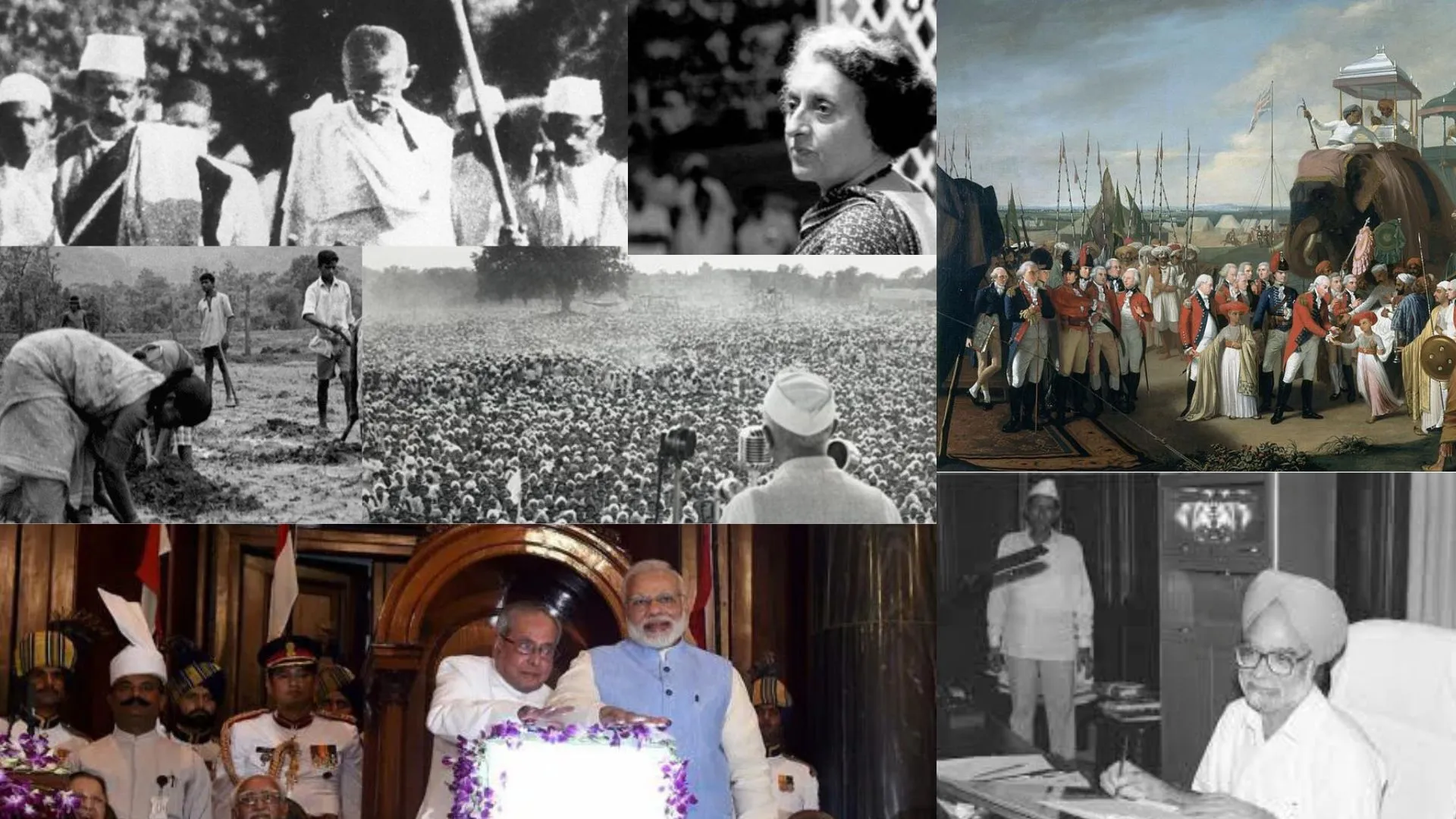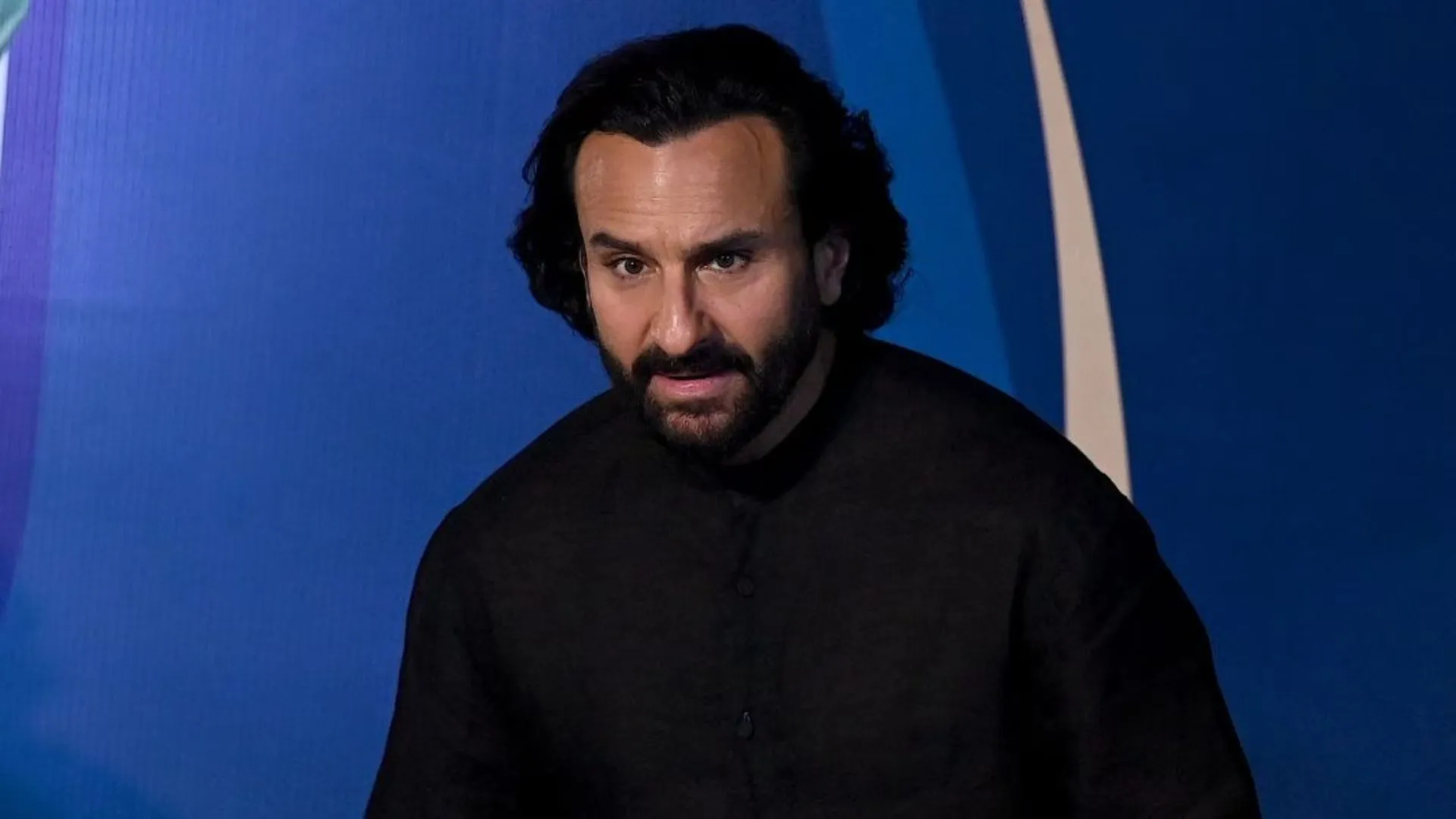The journey of Indian marriage tradition, a symphony of cultural evolution and timeless rituals, dances through history like a melody.
“The journey of Indian marriages unfolds like a sacred manuscript, blending ancient verses with contemporary notes—a symphony of tradition and adaptation, where love transcends eras.
Today we will provide the insights on the beautiful journey of ancient Indian marriages to the modern era.
Ancient marriages in India were deeply rooted in cultural and religious traditions. Vedic texts, such as the Rigveda, provide insights into early matrimonial practices, emphasizing the sacred nature of marriage. Arranged marriages were prevalent, with families playing a significant role in the matchmaking process. The institution of ‘Swayamvara,’ where a bride chose her groom from a gathering of eligible suitors, also existed.
Caste and social status played a crucial role in partner selection, reinforcing social hierarchy. The ‘Gandharva’ marriage, based on mutual consent, was another form mentioned in ancient texts. Rituals like ‘Kanyadaan’ symbolized the transfer of responsibility from the father to the groom.
The Gupta period witnessed the emergence of more elaborate ceremonies, reflecting societal evolution. Dowry became ingrained, impacting the socio-economic dynamics of marriages. Joint families were common, emphasizing the collective responsibility of relatives in marital affairs.
Through the ages, diverse regional customs influenced matrimonial practices, fostering a rich tapestry of traditions. Despite changes, the essence of marriage as a sacred union remained a constant in ancient India, shaping societal norms and values.
During the medieval period, the influence of Islamic and Mughal cultures introduced new elements to Indian marriages. Polygamy, allowed in certain circumstances in Islamic law, became more visible. Sati, a controversial practice where widows self-immolated on their husband’s funeral pyre, gained attention but was not universally accepted.
The British colonial era brought about legal reforms. The Hindu Marriage Act of 1955 aimed to standardize Hindu marriage rituals and provided legal recognition to monogamous unions. The act also addressed issues like divorce and maintenance.
Post-independence, societal shifts and economic changes affected marriage dynamics. Love marriages gained acceptance, challenging traditional arranged marriage norms. Inter-caste marriages faced resistance but gradually became more common, contributing to social integration.
In contemporary India, while arranged marriages persist, there is a noticeable trend towards greater individual autonomy in partner selection. Legal reforms continue to shape marital laws, addressing issues such as child marriage and domestic violence. The history of ancient marriages in India reflects a complex interplay of cultural, religious, and socio-economic factors, shaping the institution across millennia.
The ancient concept of ‘varnashrama dharma’ outlined distinct stages of life, including ‘Grahastha’ (householder), emphasizing the importance of marital life. Marriages were seen as a duty, contributing to the continuity of family and society.
Societal norms often dictated that marriages were not just unions of individuals but alliances between families. The practice of ‘Gotra’ – tracing lineage to a common ancestor – influenced marriage choices to avoid perceived blood relationships.
Traditional marriage ceremonies were marked by elaborate rituals, reflecting regional diversity. Customs like the ‘Saptapadi,’ where the couple takes seven steps around the sacred fire, symbolized their commitment to each other. The exchange of symbolic items like ‘Mangalsutra’ and ‘Sindoor’ held deep cultural significance.
The prevalence of child marriages in ancient India, though criticized today, was influenced by factors like socio-economic conditions and the desire for early procreation. However, reformers like Raja Ram Mohan Roy in the 19th century played a pivotal role in challenging these practices and advocating for legal reforms.
The rich history of ancient marriages in India showcases a dynamic evolution, influenced by cultural, religious, and socio-economic factors, contributing to the diverse tapestry of matrimonial traditions in the country.
The medieval period witnessed the influence of the Bhakti and Sufi movements, which sometimes advocated a more egalitarian approach to marriage, emphasizing love and devotion over societal norms. Saints like Kabir and Meera Bai challenged conventional practices through their writings and lifestyles.
The concept of ‘Anuloma’ and ‘Pratiloma’ marriages, which involved unions between higher and lower castes, sometimes faced societal opposition. The ‘Manusmriti,’ an ancient legal text, categorized such marriages, reflecting the prevailing caste-based hierarchy.
The Mughal era introduced Persian elements to marriage ceremonies, adding a touch of grandeur. The ‘Nikaah’ ceremony in Islamic traditions gained prominence, emphasizing consent and simplicity.
British colonial rule not only brought legal changes but also impacted social attitudes. The Victorian ideals of morality influenced debates around issues like widow remarriage and divorce.
Post-independence, various socio-economic factors, urbanization, and education have contributed to changing marital dynamics. Love marriages, inter-religious marriages, and unconventional partnerships have become more accepted, reflecting a more pluralistic society.
In exploring the history of ancient marriages in India, one witnesses a complex interplay of tradition, religious influence, societal norms, and the impact of external forces, shaping the diverse landscape of matrimonial practices in the country.
The concept of ‘Dharma’ (righteous duty) was deeply ingrained in ancient Indian marriages, emphasizing not just the union of two individuals but the fulfillment of societal and cosmic obligations. Marital responsibilities extended beyond the couple to encompass familial and community well-being.
Ancient texts like the ‘Arthashastra’ provided guidelines for the conduct of marriages, reflecting a concern for societal order. The importance of progeny for performing last rites and carrying on family traditions underscored the significance of marriages in Hindu society.
The ‘Ashrama’ system outlined different stages of life, and marriage marked the transition to the ‘Grahastha’ stage, where individuals were expected to fulfill familial duties and contribute to the welfare of society.
Throughout history, regional variations in marriage customs flourished. For instance, the ‘Kamasutra’ of Vatsyayana, while primarily a guide on love and sexuality, also touched upon aspects of marital life, highlighting the diversity of perspectives in ancient India.
The prominence of goddesses like Sita, Radha, and Parvati in Hindu mythology showcased the idealized feminine virtues, influencing societal expectations regarding the roles of women in marriages.
Exploring the history of ancient marriages in India reveals a nuanced understanding of the institution, encompassing spiritual, societal, and cultural dimensions that have shaped the diverse and intricate tapestry of matrimonial practices in the country.
Impact of Invasions
Invasions in India, particularly by foreign rulers and cultures, have significantly influenced the marriage culture over different periods of history. Here are some notable impacts:
1. **Cultural Syncretism:** Invasions led to the blending of diverse cultures, resulting in a syncretic approach to marriage customs. Practices from invading cultures often merged with indigenous traditions, creating a rich tapestry of matrimonial rituals.
2. **Intercultural Marriages:** Invasions facilitated intercultural marriages as people from different backgrounds came into contact. This contributed to the diversification of matrimonial practices, with couples adapting to each other’s customs.
3. **Changes in Social Hierarchy:** Invasions sometimes brought about shifts in social hierarchies, impacting marriage alliances. The conquerors might impose their own norms, affecting who could marry whom and under what circumstances.
4. **Influence on Clothing and Ornaments:** The invading cultures often introduced new styles of clothing, jewelry, and adornments. These elements influenced wedding attire and accessories, contributing to changes in the visual aspects of matrimonial ceremonies.
5. **Religious Transformations:** Some invasions brought new religions or sects, influencing marriage ceremonies and customs. For example, the Islamic influence introduced ‘Nikaah’ ceremonies and certain dietary practices that became part of Indian Muslim matrimonial traditions.
6. **Impact on Gender Roles:** Invasions could lead to changes in societal structures, impacting gender roles and expectations within marriages. New rulers might bring different perspectives on the roles of men and women, affecting marital dynamics.
7. **Legal and Administrative Changes:** With foreign rulers came changes in legal systems and administrative structures. Marriage laws and regulations often underwent modifications, shaping the legal framework around matrimonial practices.
8. **Economic Changes:** Invasions could lead to economic transformations, affecting dowry practices and socio-economic dynamics within marriages. Economic considerations often played a role in matrimonial negotiations.
While invasions brought challenges, they also contributed to the evolution and resilience of India’s diverse marriage culture. The fusion of traditions and adaptation to new circumstances highlight the dynamic nature of matrimonial practices over the course of history.
Sanctity of Marriage
Marriage sanctity in India is deeply rooted in cultural, religious, and societal values. Here are key aspects that emphasize the sanctity of marriage in the Indian context:
Marriage is considered a sacred covenant, and the exchange of vows plays a crucial role. The promises made during the wedding ceremonies, often witnessed by family and deities, are seen as binding and sacred commitments.
Marriage ceremonies in India are often accompanied by religious rituals and blessings from priests. Different communities follow their own religious customs, and the sanctity of the marriage is believed to be reinforced by invoking divine blessings.
Indian marriages are not just unions of individuals but also the merging of families. The sanctity of marriage is intertwined with the idea of fostering strong family bonds and maintaining social harmony.
Traditional Indian values emphasize the concept of ‘dharma’ (righteous duty), and marriage is seen as a fulfilling of one’s duty to society, family, and ancestors. This sense of duty contributes to the sanctity and permanence of the marital bond.
In Hinduism, life is seen as a series of ‘samskaras’ or sacraments, and marriage is a significant one. It is considered a crucial stage in life, contributing to personal and spiritual growth. The sanctity of marriage is linked to these transformative life stages.
The idea of sacrifice for the well-being of the family and the commitment to work through challenges are integral to the sanctity of marriage. Couples are expected to endure and overcome difficulties together.
Various symbolic rituals, such as the exchange of garlands, the ‘saat phere’ (seven rounds around the sacred fire), and the application of ‘sindoor’ and ‘mangalsutra,’ hold deep cultural and symbolic significance, reinforcing the sanctity of the marital bond.
The legal framework surrounding marriage in India recognizes the sanctity of the institution. Legal procedures and regulations underscore the seriousness and commitment involved in marriage.
Despite evolving societal norms, the sanctity of marriage in India continues to be revered, reflecting a harmonious blend of tradition, spirituality, and familial bonds.
Amusing Facts
While marriage in India is often a serious and sacred institution, there are some amusing and lighthearted facts surrounding the cultural and societal aspects:
1. **Astrological Compatibility:** Many families still consult astrologers to ensure the compatibility of the horoscopes of prospective couples. This sometimes leads to comical situations where stars and planets play matchmakers.
2. **Over-the-Top Wedding Rituals:** Indian weddings are known for their elaborate rituals and festivities. Some weddings can be so extravagant that they feel like a blend of a Bollywood movie and a royal affair, creating amusing and memorable moments.
3. **Diverse Regional Customs:** India’s cultural diversity results in a wide range of wedding customs. From the energetic Punjabi ‘bhangra’ dance to the vibrant South Indian ‘mehndi’ ceremonies, the variety adds a touch of humor and uniqueness to each celebration.
4. **The “Aunties” Network:** The social network of aunties in Indian communities is often jokingly referred to as the “Aunties Brigade.” They play a role in matchmaking, gossiping, and sharing unsolicited advice, creating a humorous aspect of community dynamics.
5. **Post-Wedding Rituals:** Traditions like hiding the groom’s shoes during the wedding ceremony and demanding a ransom for their return can lead to playful banter and laughter among the couple and their families.
6. **Online Matrimonial Profiles:** The world of online matrimonial websites often features amusing profiles, including quirky descriptions, exaggerated achievements, and occasionally humorous demands for an ideal partner.
7. **”Shaadi ka Laddoo” (Marriage is Like a Sweet):** The saying “Shaadi ka laddoo, jo khaye wo pachtaye” (Marriage is like a sweet, whoever eats it regrets it) is often used humorously to highlight the challenges and compromises that come with married life.
While marriage is a significant and revered institution in India, these funny aspects add a touch of humor and lightness to the cultural landscape.



